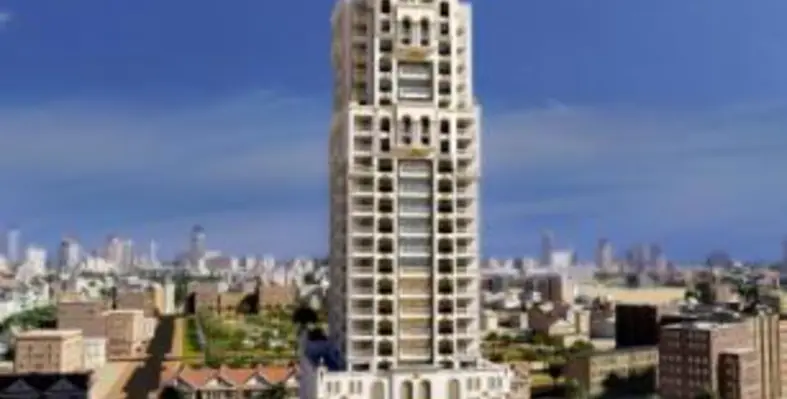RSG International has introduced Burj Sabah, a premier residential venture in the plush Jumeirah Village, as a part of the company?s endeavour for green building requirements
The 19-storeyed building will house studio apartments as well as one and two bedrooms apartments. The company said that the aim is to combine the luxury of a suburban life with the convenience of urban connectivity.
The project opted for EHS In-house certification and has scored 49 points on savings on energy use, potable water use, materials used with recycled content, regional materials used and reduction in sewage conveyance.
This is in line with the Dubai Municipality?s initiative to create a city that is sustainable as well as smart. The green codes for building rating systems have undergone many amendments keeping in mind the changing environment.
The project aims to provide an optimised parking structure to promote carpool among its residents as well external lighting to minimise the effect on the night sky, said the company to the press.
?In its bid to conserve energy, water, and material resources, a number of practices have been incorporated in the project. The building has the right orientation to reduce the solar heat gain and has opted for efficient glazing as well as the incorporation of skylights,? RSG mentioned.
In addition, the residential tower comprise of heating, ventilation and air conditioning system with water-cooled centrifugal chillers. For conserving water, low flow fixtures in faucets, sinks and showers and dual flush water closets have been used in the units.
The company further added that in order to maximise resource conservation, the building material employs recycled content and uses the regional markets as the primary source of materials to give the market a boost.
The project further aims to develop and implement an Indoor Air Quality (IAQ) management plan in accordance with the SMACNA guidelines. It will also use materials with low emission of volatile organic compounds (VOC) for adhesives, sealants, paints and coatings in addition to the installation of carpet which is CRI certified.





